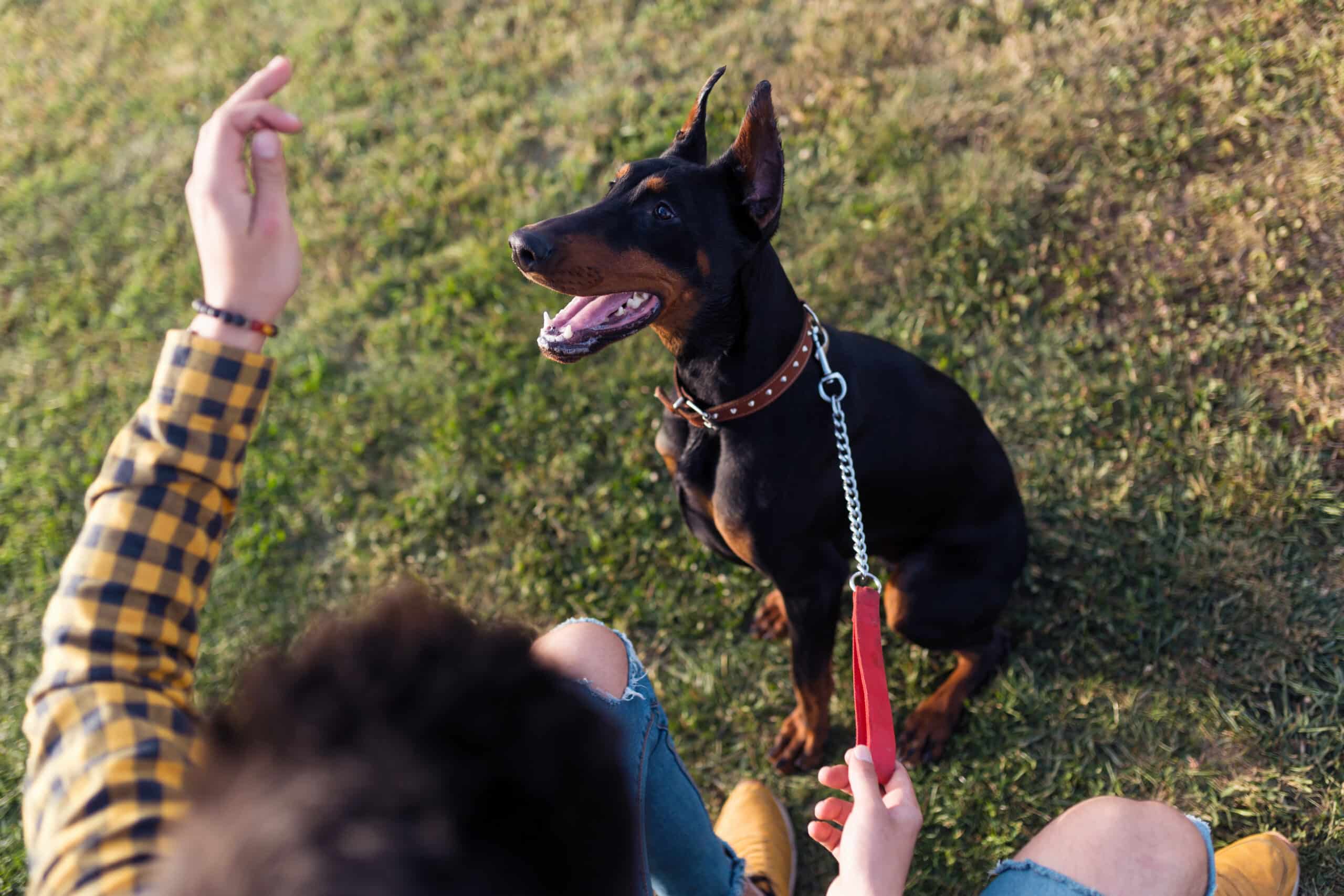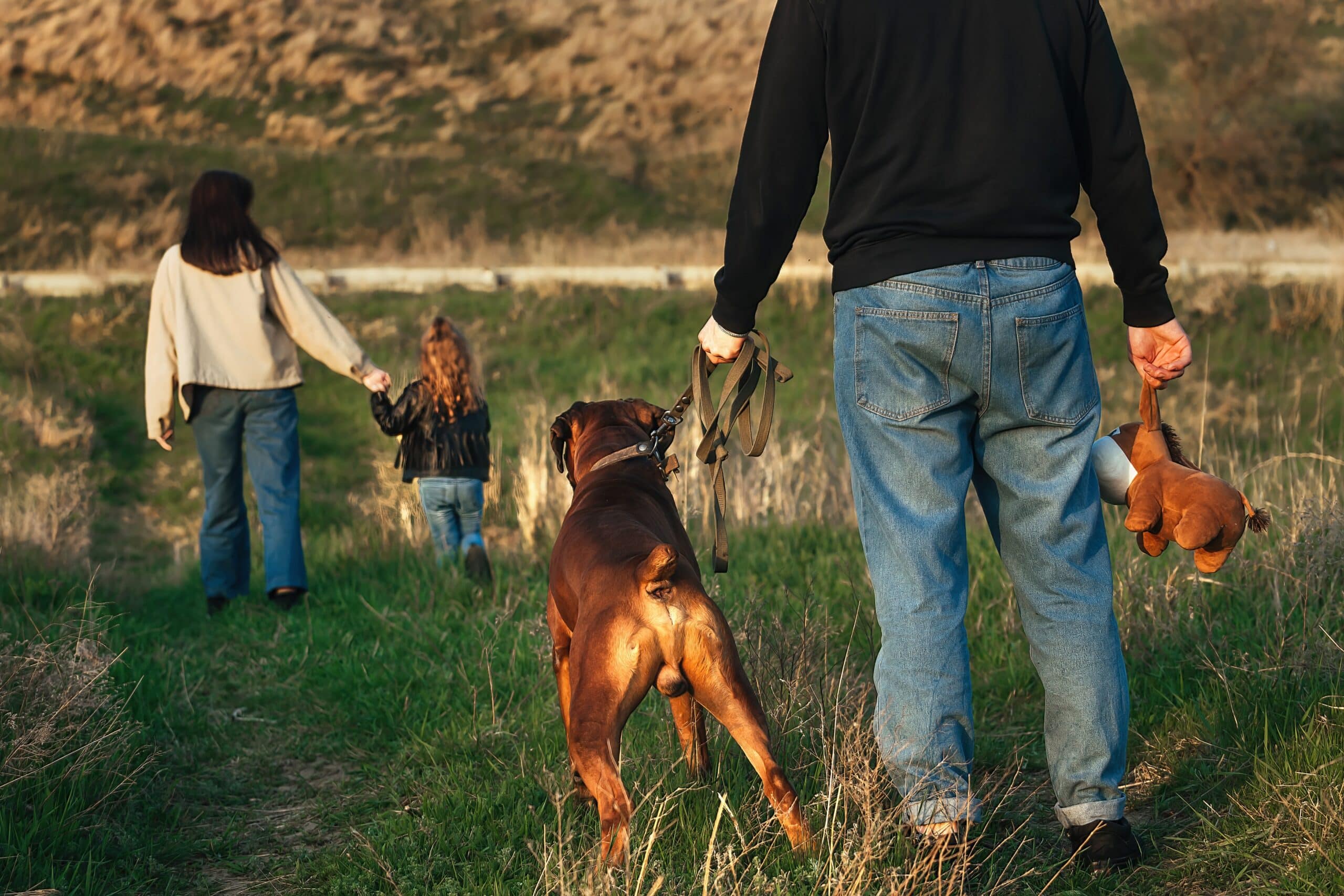






City life just keeps getting louder and closer—more people, more traffic, more noise. And in the middle of it all, we expect our dogs to adapt, stay calm, collected, and ready to protect.
It’s a tall order, even for the most disciplined canines. The hum of traffic, bustling intersections, crowded sidewalks, and the constant rumble of construction create an overwhelming daily backdrop. For a well-trained protection dog, it’s a nonstop test of focus and self-control.
But it’s not just city dogs who’ve got their hands—er, paws—full. In a rural setting, the challenges are different but no less complex. Wide-open spaces encounters with wildlife, the occasional wanderer, and a level of isolation that can challenge even the most grounded canine instincts.
Training a protection dog for either setting isn’t one-size-fits-all. Sure, the basics—obedience, handler trust, and response to threats—are universal. But the techniques and emphasis? Those need to align with the environment.
And that’s what we’ll get into in this article.
But first…
Certain training fundamentals apply no matter where you and your dog are based.
For instance:
 Which helps your dog develop positive associations with things that might otherwise be too stimulating or intimidating. Take cyclists, for example—if the sight of a bike sends your dog into a frenzy, using small treats whenever a cyclist rides by can help your dog eventually tune them out.
Which helps your dog develop positive associations with things that might otherwise be too stimulating or intimidating. Take cyclists, for example—if the sight of a bike sends your dog into a frenzy, using small treats whenever a cyclist rides by can help your dog eventually tune them out.
In a rural area, you have the luxury of starting at a distance—your dog can observe a cyclist from far enough away that they barely register. Gradually, as they get comfortable, you move closer, helping them build tolerance bit by bit.
City life, however, doesn’t always offer that kind of control. One minute you’re on a quiet walk, and the next, a group of cyclists zooms past.
While the training process is tougher in a city, with enough repetition, even city dogs can learn to stay calm in these unpredictable moments.
A reliable method for teaching skills and commands with precision. But to engage in this learning, a dog needs to be calm enough to access its “learning brain”—not its reactive instincts.
That’s why clicker training starts in a distraction-free environment, moving to slightly busier spots only as the dog shows they can handle it.
By the time they’re ready to practice in a lively park or a noisy sidewalk, they’re already pros at basic commands.
It is essential for every animal to stay engaged, and physical exercise is crucial for most dogs to thrive. All dogs thrive when they have outlets for both physical and mental energy.
For many dogs in urban settings, daily exercise may be limited to on-leash walks or smaller spaces where full-speed sprints are impossible.
In rural areas, a dog can easily stretch its legs, but city dogs often need to be more creative with their exercise routines.
Think neighborhood sniffing walks, structured playdates, or even a flirt pole session in a local park. These activities give urban dogs the stimulation they need to stay balanced physically and mentally.
The difference?
How you apply these basics—and how accessible they are—depends a lot on your environment.
Dogs can only tolerate the city life stress for so long. Eventually, the accumulated tension can lead to behavioral issues, making it difficult for them to respond to training cues.
Here’s how you can work to ensure your protection dog can handle the city without losing their edge.
The city is alive with sound—engines, sirens, and people—all of which can stress a dog out if they’re not used to it. So, noise desensitization becomes a primary focus in urban protection dog training. To achieve this, you can use gradual exposure, beginning with recordings of city sounds played at a low volume and then gradually increasing them as the dog becomes accustomed.
For real-world practice, take them to busy intersections or construction sites, letting them acclimate to the chaotic noise in a controlled way. The goal is for your dog to tune out background sounds so they can focus on you and react appropriately to genuine threats.
Urban life means constant interaction with strangers, from delivery people to neighbors to the throngs on the streets. Your dog must be comfortable around crowds yet remain discerning enough to identify potential threats. Socialization training teaches them to ignore passersby, wait calmly in crowds, and only act on cues from you.
Busy parks, public transit stations, and crowded plazas are ideal training spots to teach them how to stay relaxed amid the urban bustle.
From cramped hallways to crowded elevators, protection dogs in cities need to feel at ease in small spaces. During training, you can simulate scenarios like walking through a packed sidewalk or riding in an elevator, helping your dog stay calm and focused in tighter quarters.
For elevators, train them to stand between you and the wall, leaving space for other passengers. Agility and balance exercises can also help them manage these confined spaces without becoming anxious.
Now, the training shifts to suit the country life:

Training here emphasizes off-leash control and trust between you and your dog. Gradual off-leash training helps your dog explore safely, staying responsive to your commands and resisting the urge to roam freely.
Now, the city has its fair share of distractions, but rural dogs? They’re dealing with the real deal. Deer, raccoons, maybe even the odd coyote—these dogs are trained to spot wildlife and (here’s the tricky part) ignore it. In fact, this might be one of the hardest parts of rural training. Dogs have strong prey drives, so teaching them to look the other way when they catch a whiff of a raccoon? No small feat.
Training exercises might include introducing the dog to wildlife scents or sounds in a controlled environment, and gradually conditioning them to remain calm and not engage. This is critical, as an untrained reaction could lead to dangerous confrontations or distraction from the dog’s primary protective duties.
While city dogs are trained for close-quarters encounters, rural dogs must learn to identify threats from a distance. This involves honing their observational skills and reaction timing. Training often includes long-range commands where you may be several yards away, and the dog must still be able to recognize cues, obey instructions, and be ready to intervene if necessary.
In these scenarios, you can use a whistle or hand signals for remote commands and train the dog to assess situations independently. For example, the dog might observe someone approaching from afar, alert the handler, and wait for further instructions.
But keep in mind that customizing protection dog training to your environment doesn’t mean reinventing the wheel—you’re just making strategic adjustments to help your dog thrive where they live.
If you’re curious about training options and how to get started, check out our sessions here. Or, schedule a FREE consultation today to see how we can personalize training for you and your dog.